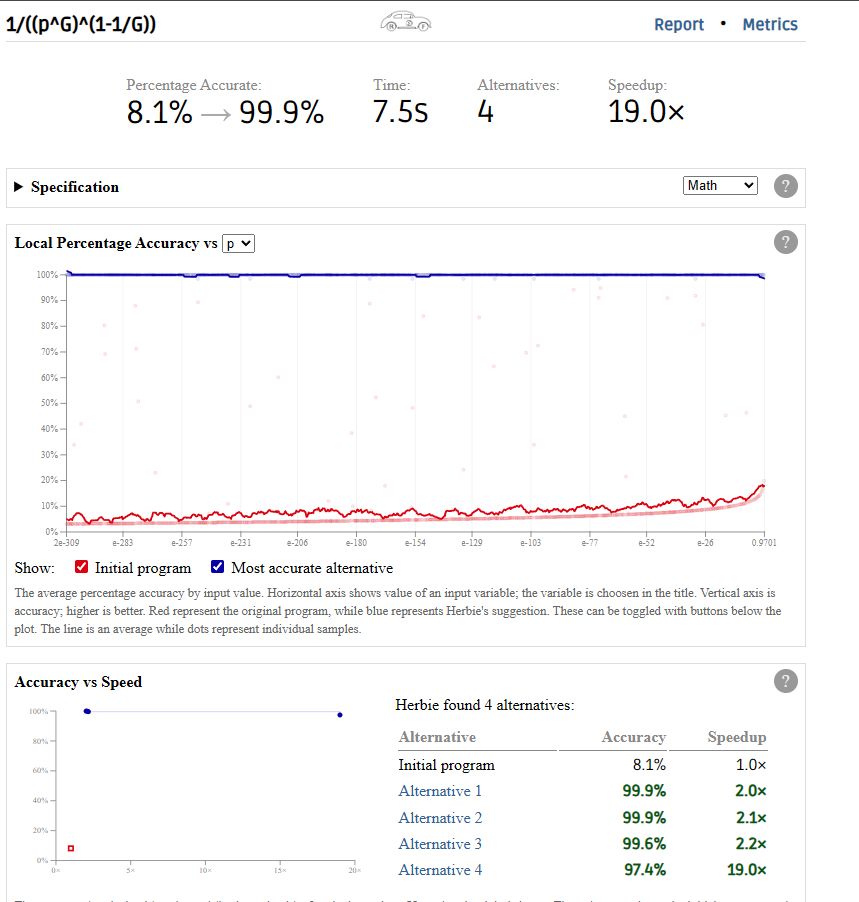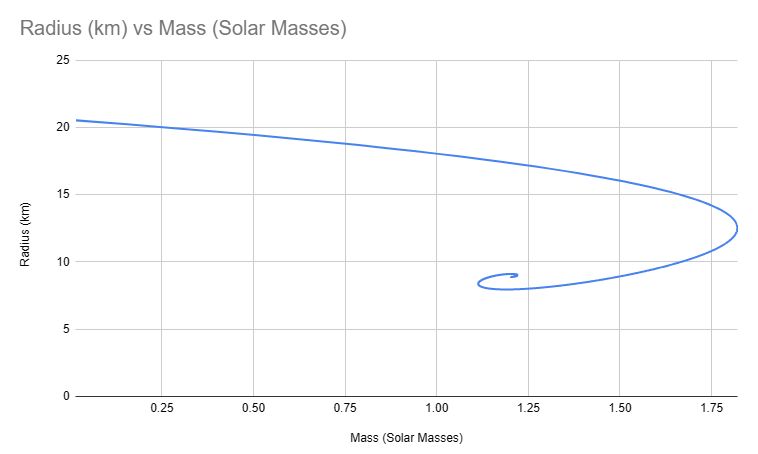
https://20k.github.io
I've finished writing up how to implement #neutronstar collisions (with code!), and follow them through to collapsing into a black hole. Turned out quite well!
There's also a small side venture on how to put a cat onto a neutron star, which is v important
#astrocode
It took a while to track this one down, but its related to using trilinear interpolation, instead of a higher order interpolation scheme like tricubic
It took a while to track this one down, but its related to using trilinear interpolation, instead of a higher order interpolation scheme like tricubic

220-221 I2 --- nitschai_id ? ID in oMEGACat I MUSE spectroscopic catalog (Nitschai et al. 2023)
223-224 I2 --- gaia_id ? Gaia Source Identifier
220-221 I2 --- nitschai_id ? ID in oMEGACat I MUSE spectroscopic catalog (Nitschai et al. 2023)
223-224 I2 --- gaia_id ? Gaia Source Identifier
I'm not even sure what to do with this many stars, and yet *what if 100 million*
I'm not even sure what to do with this many stars, and yet *what if 100 million*
Evaporating it more than this has a tendency to cause big explosions, super tricky to model
#astro
Evaporating it more than this has a tendency to cause big explosions, super tricky to model
#astro
You can build black holes out of the particles! Its even the correct mass too
You can build black holes out of the particles! Its even the correct mass too
I think its finally time to go simulate some real things and see how well this works!
I think its finally time to go simulate some real things and see how well this works!
I've finished writing up how to implement #neutronstar collisions (with code!), and follow them through to collapsing into a black hole. Turned out quite well!
There's also a small side venture on how to put a cat onto a neutron star, which is v important
#astrocode
I've finished writing up how to implement #neutronstar collisions (with code!), and follow them through to collapsing into a black hole. Turned out quite well!
There's also a small side venture on how to put a cat onto a neutron star, which is v important
#astrocode
Though, for some reason herbie has developed a passionate hatred for squaring things

Though, for some reason herbie has developed a passionate hatred for squaring things
The spin conservation is also way *way* better than I ever expected, so that's exciting too
#astro
The spin conservation is also way *way* better than I ever expected, so that's exciting too
#astro
Ever felt like building a #neutronstar, for a numerical relativistic simulation? Here's how! This is a programmer's guide (with code) on how to wrangle a specific set of initial conditions, so in the future we can smash some neutron stars together
#astrocode
Ever felt like building a #neutronstar, for a numerical relativistic simulation? Here's how! This is a programmer's guide (with code) on how to wrangle a specific set of initial conditions, so in the future we can smash some neutron stars together
#astrocode


